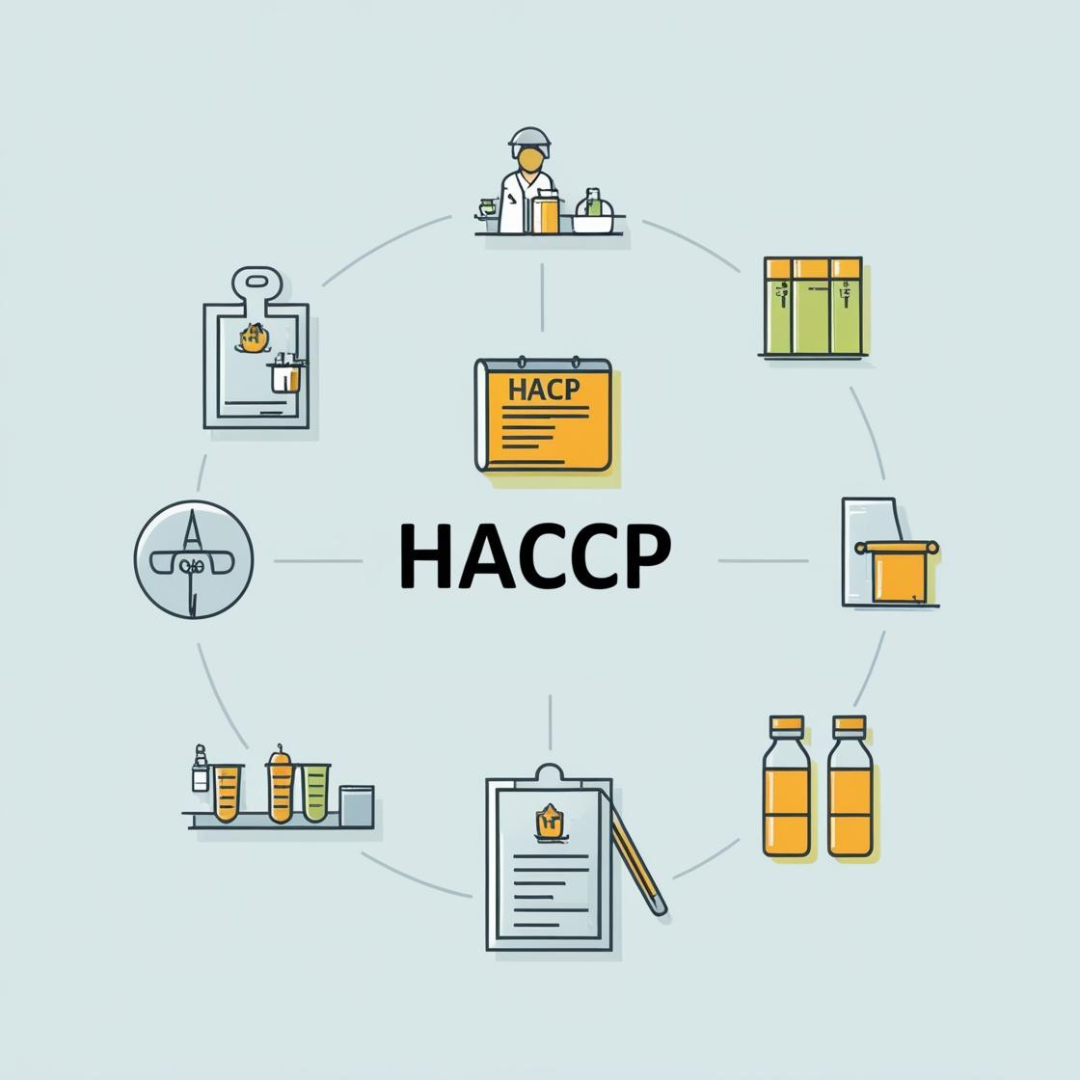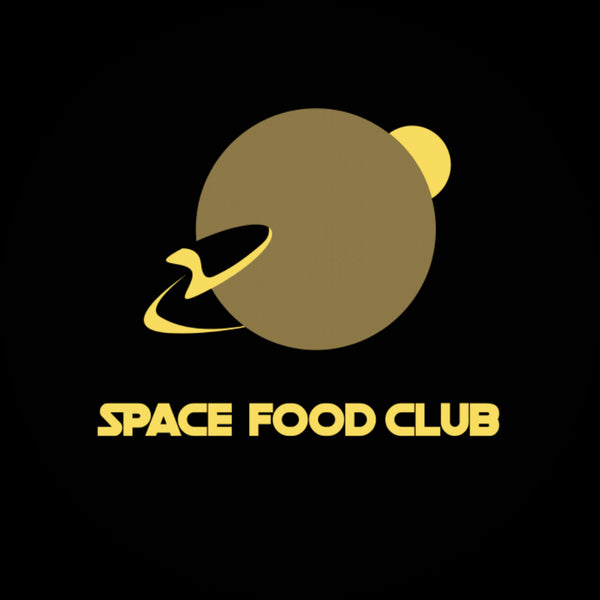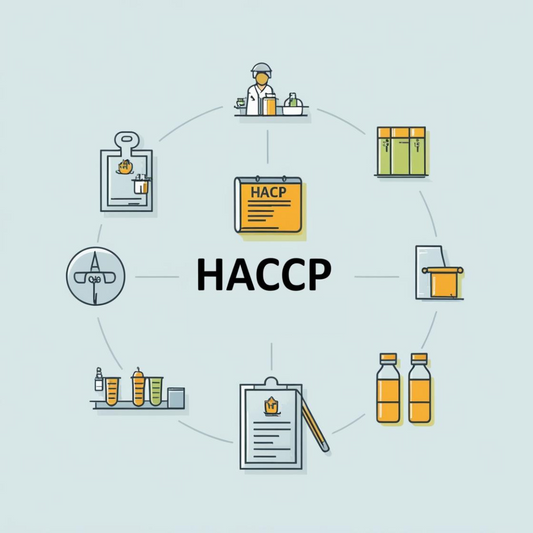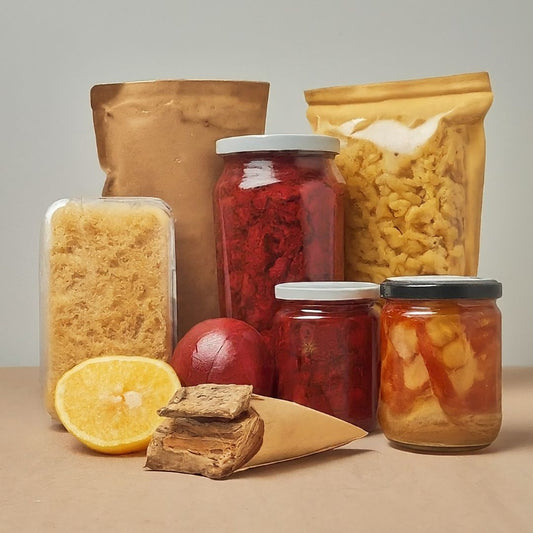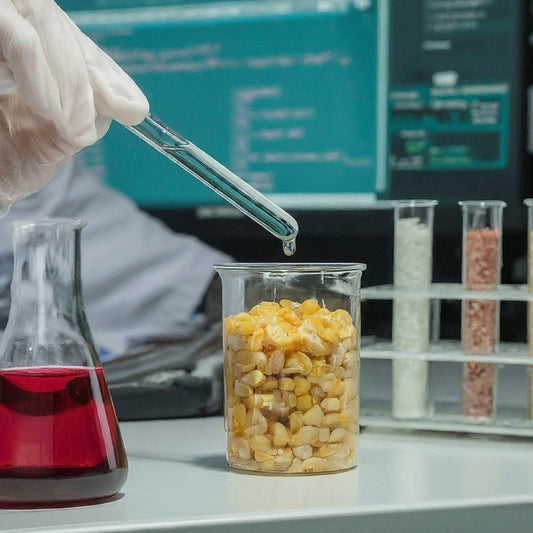Frozen is the New Fresh: Rethinking Food Preservation in 2025
Share
For decades, frozen food had a reputation problem—often seen as less nutritious or lower in quality than fresh. But with today’s advanced food technology, that’s no longer the case.
Thanks to methods like Individual Quick Freezing (IQF), cryogenic freezing, and vacuum freezing, frozen foods now preserve taste, color, texture, and nutrients with remarkable accuracy. Unlike traditional freezing, these modern methods freeze food rapidly at very low temperatures, minimizing ice crystal formation that can damage cell structures.
Why Frozen Is Winning:
Better Nutrition Retention
Produce is often frozen within hours of harvest, preserving vitamins that may degrade in "fresh" foods during long transport and storage.
Waste Reduction
With a longer shelf life, frozen food helps reduce food spoilage both in supply chains and at home—an important step toward sustainability.
Innovation in Products
It’s not just peas and nuggets anymore. We now have frozen superfood blends, plant-based meals, fermented batters, dosa mixes, and even frozen probiotic smoothies!
Safe and Convenient
Freezing naturally inhibits microbial growth without the need for preservatives. This clean-label appeal is increasingly attracting health-conscious consumers.
Cold Chain Logistics Advancements
Improvements in packaging and distribution are making it easier for frozen food to reach even remote markets in perfect condition.
As the line between fresh and frozen continues to blur, consumers and manufacturers alike are realizing that freezing is not about compromise—it's about optimization.
Let’s start celebrating frozen food for what it truly is: a high-tech, safe, and sustainable solution for the modern world.
